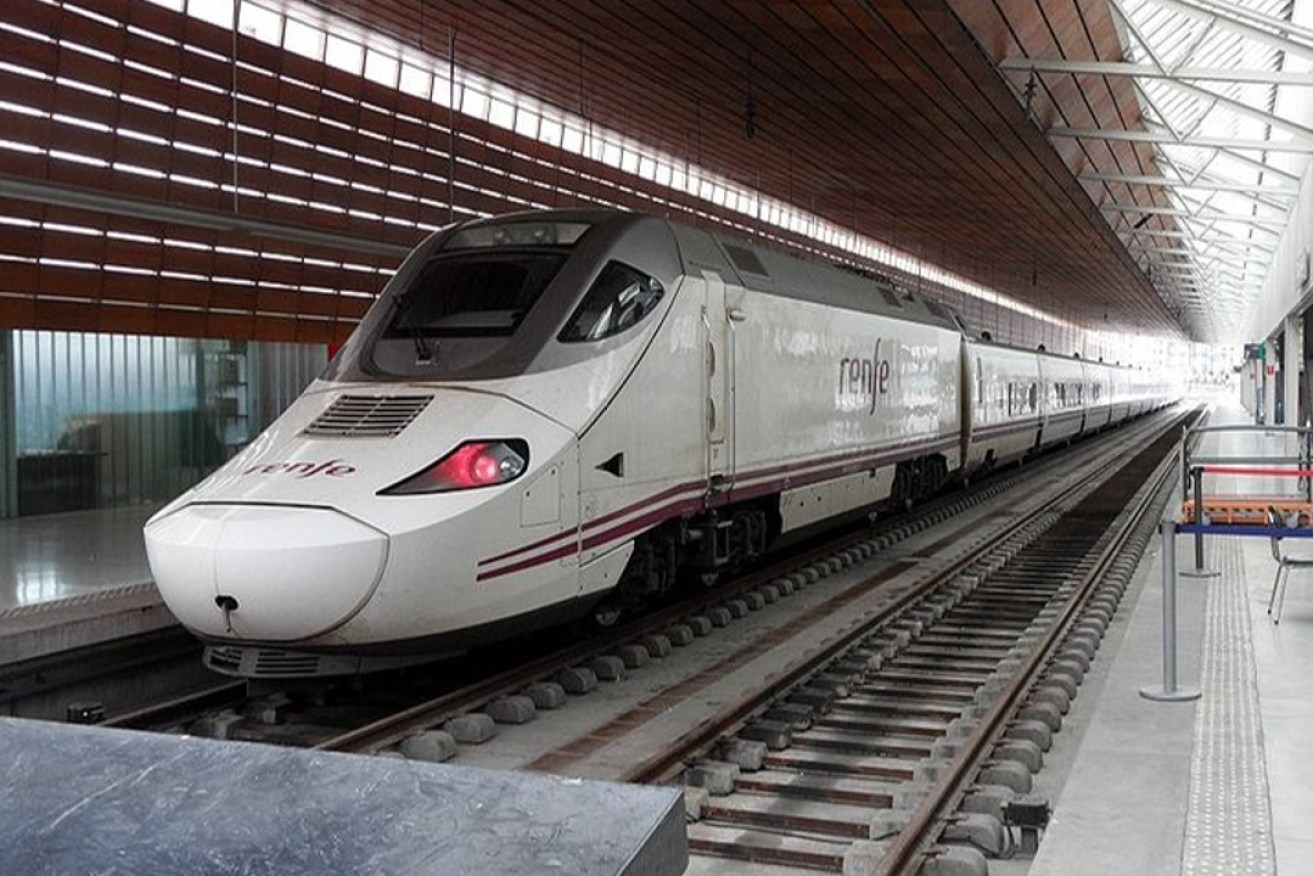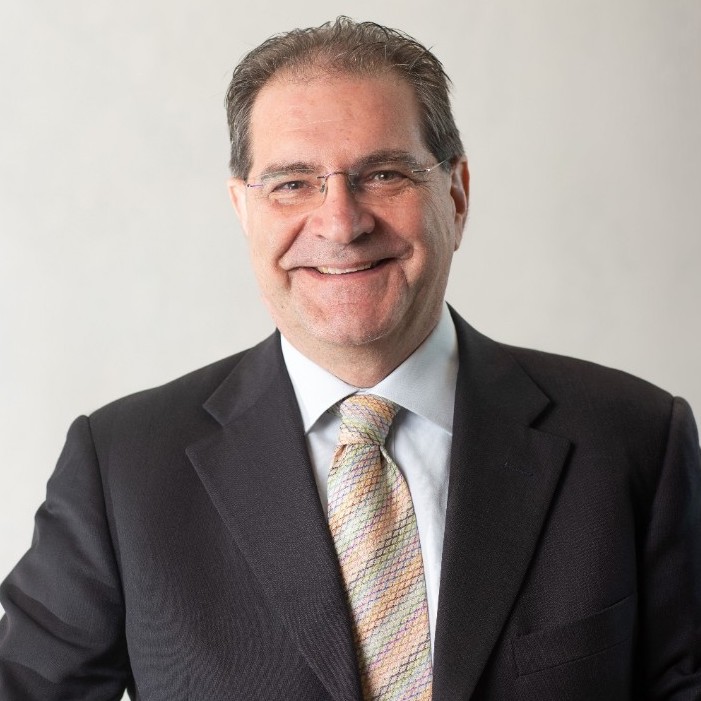Vision for high-speed rail between Adelaide and Melbourne about more than just travel
A research paper into the viability of a high-speed rail service connecting SA with Victoria highlights the economic benefits of bringing the states’ regions closer to the capitals.


The state government has been exploring a partnership with Talgo to get a fast train running between the city and the Adelaide Hills. Photo: Supplied.
Penned by Agora High-Tech – a research firm founded by one of the people instrumental in getting the South Australian space industry off the ground – the report highlights myriad economic benefits that would flow from building a high-speed rail line between Adelaide and Melbourne.
Agora High-Tech founder Nicola Sasanelli walked InDaily through his new report, which found it would cost between $31 billion and $121 billion to build the track, plus another $200 million for six high-speed trains.
He admitted his area of expertise was in the space industry, and that high-speed rail was one of his many “big dreams” for the state, but stressed that creating a transport corridor between Adelaide and Melbourne would result in a powerful new economic corridor.

Nicola Sasanelli
The proposal would see 800km of tracks built, enabling travel from Adelaide to Melbourne in under four hours via bullet train.
Stops would be placed strategically at Mount Barker, Keith, Horsham and Ballarat, with regional towns and cities like Murray Bridge, Mount Gambier, Naracoorte, Penola, Bordertown, Kaniva, Nhill, Stawell and Ararat to benefit in turn.
Based on 2024 numbers, the line would service a population of just under seven million people.
Sasanelli said the proposed line would have a major economic impact on regional populations, citing Chinese and European projects as examples of benefits flowing from the construction of high-speed rail lines.
“When we talk about a new corridor, it’s not just infrastructure, it’s something more than that – it means culture, sport and everything else,” he said.
“In China, the line connecting Shanghai to Beijing completely changed not just transport but the way people can interact. You don’t need to live in the big city in the metropolitan area, which can be very expensive; you can live out of the city and travel for 45 minutes to reach the metropolitan area.
“An Adelaide to Melbourne line would mean the small towns on the line can grow because they are closer to the big cities. You can travel in the morning and come back in the evening in more or less three hours – it’s not that long.”
A high-speed rail line would also have environmental benefits, Sasanelli said, as the trains are electric and green steel which may be produced in South Australia in the future could be used for the tracks.
There are plenty of hurdles to overcome for the dream to come true.
Two state governments would need to join in on his vision, and it would also require private investment.
The state government has already been exploring a partnership with a private company to get a fast train running between the city and the Adelaide Hills.
Last year it was revealed that Madrid-based train manufacturer Talgo expressed interest in running a high-speed rail service between Adelaide and Melbourne, after a pre-election promise from Transport Minister Tom Koutsantonis to allow a trial with the company running between Adelaide and Mount Barker.
Earlier this year, The Advertiser reported that the trial may have been derailed with Koutsantonis suggesting Talgo had misunderstood the brief. InDaily later reported that the government’s business case examining mass transit options to Mount Barker was progressing.
Sasanelli’s proposal is certainly not the first of its kind.
In his report, he detailed the many attempts to get high-speed rail running in Australia, including a 2013 push from then-Transport Minister (now Prime Minister) Anthony Albanese who mooted a Brisbane-Sydney-Canberra network which was costed at $114 billion.
In 2016, private company Consolidated Land and Rail Australia (CLRA) unveiled its high-speed rail proposal linking Melbourne, Canberra and Sydney.
The Albanese Government also established the new High-Speed Rail Authority (HSRA) last year, which has a mandate to advise on planning, developing and overseeing the construction of an East Coast network.
Though expensive, the project is worth doing according to Sasanelli’s report which said “the new railway system is expected to act as a magnet for interstate immigration, offering an improved quality of life for individuals working in the cities but residing in rural areas”.
“While investments in high-speed rail are undoubtedly a strategic move towards sustainable transport, their significance extends beyond mere improvements in long-distance domestic travel for Australia,” the report reads.
“The HSR goes beyond endorsing sound policies in economic growth, environmental impact, and social benefits. It becomes a powerful tool for social cohesion, political influence, and the integration of rural regions with metropolitan areas.
“The HSR, therefore, emerges as a catalyst for holistic national development and cohesion.”
Though his “big dream” of HSR is evidence of Sasanelli’s big-picture thinking, he’s firmly interested in the micro and told InDaily about the boon such a project could be for regional SA communities and those that live there.
“This corridor can completely change the social and economic lives of the people along the line,” he said.
“Think about a young lady that’s living in Bordertown. To go to university she has to go to Melbourne or Sydney, she could take a train at six o’clock and by seven or eight o’clock she is already at university.
“I’m not an expert – I’m an engineer but I’m not an expert in rail. But this is a big dream, and if there is a solution then why not?”




